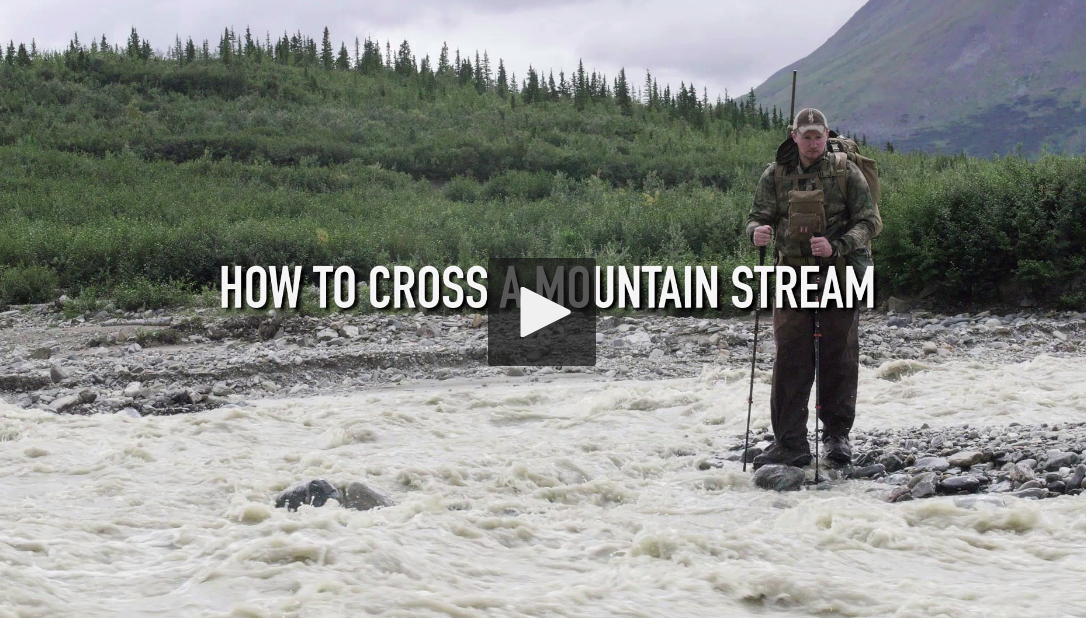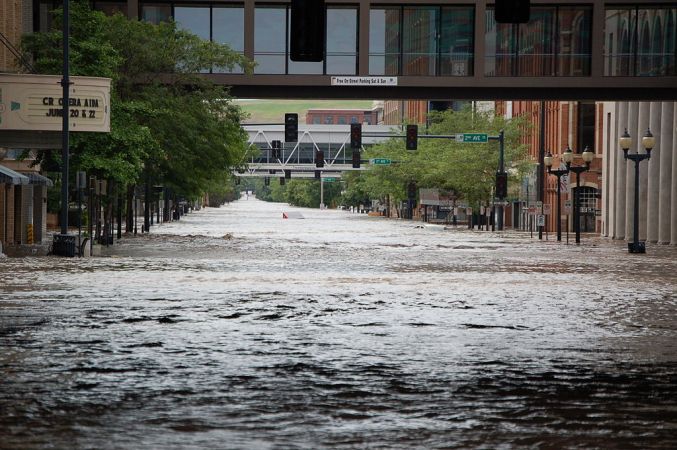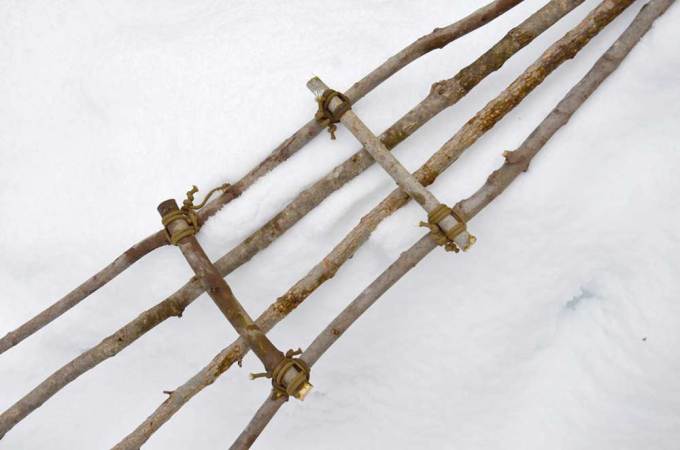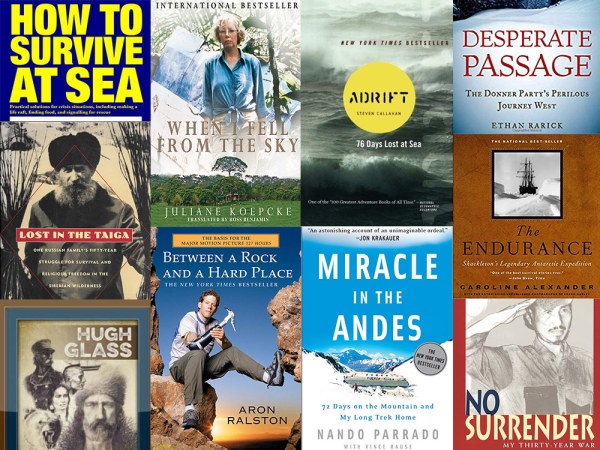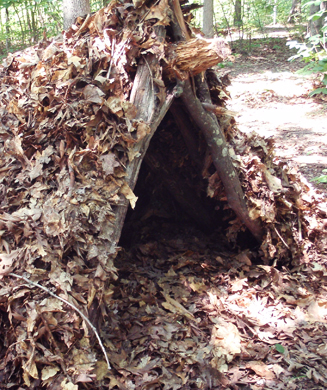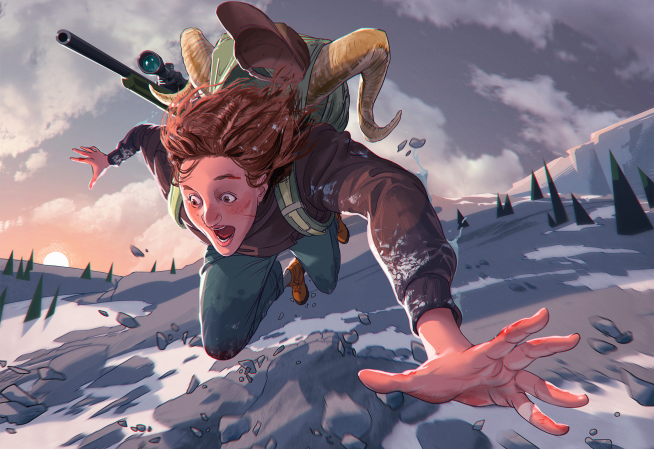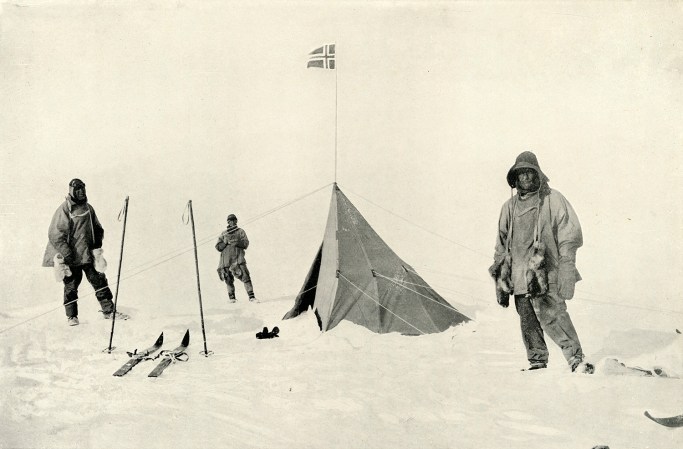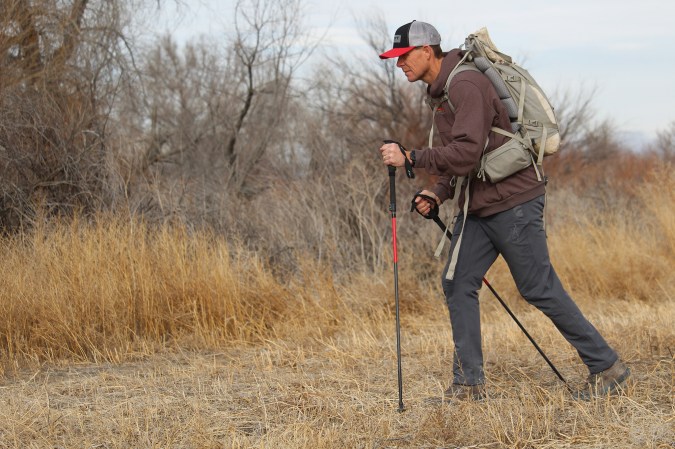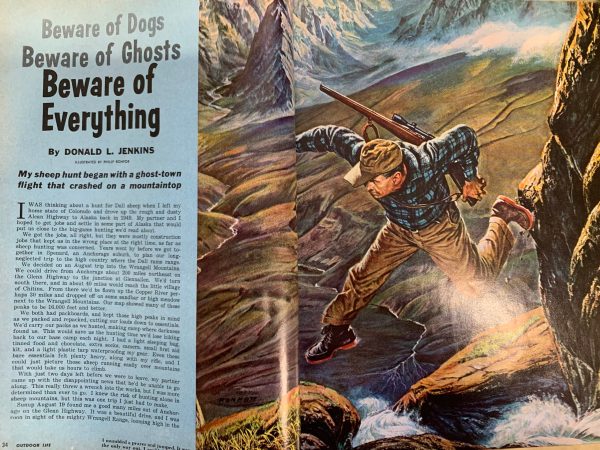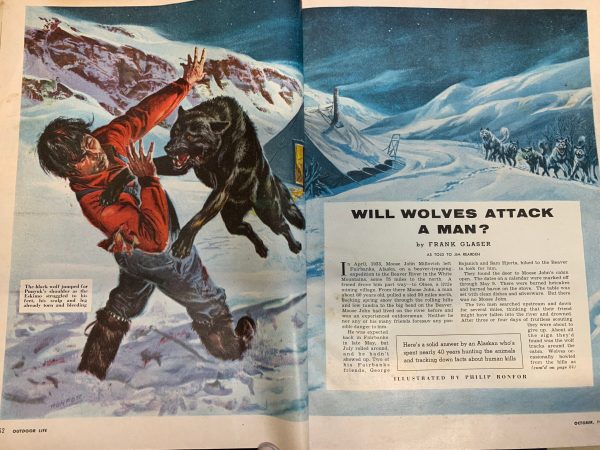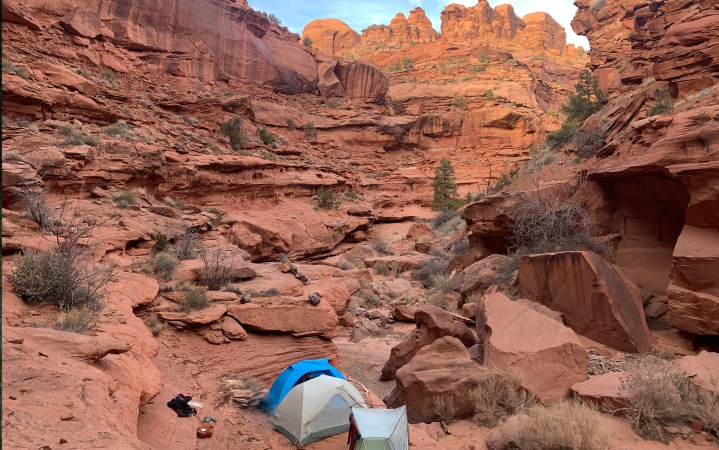If you’re hunting the high country, especially in Alaska and many parts of Canada, you will encounter streams. You must cross these streams in order to reach your destination. And sometimes, the streams are flowing with very swift, very deep, and very cold water. Your ability to cross a stream could be the difference between continuing your hunt—or your hike—and going home empty-handed.
I can’t remember an Alaska sheep hunt in which I didn’t have to make multiple stream crossings, and several times, the ram I was after was on the other side of a raging torrent.
How to Cross a Mountain Stream by OutdoorLife
Some people opt to just go for it, charging into a stream without the right gear, but I prefer to don packable waders for the crossing. Many of these streams are literally just above freezing, and your feet and legs will numb almost instantly. I pack a pair of NEOS river trekker waders, which slip on over my boots. I wouldn’t call them ultralight, but they are worth their weight, and are durable enough to hike up or down a creek for miles when necessary. There are other pull-over waders such as Glacier Socks, but they aren’t nearly as durable, and not really worth it to me. The other very important gear item is either a good set of trekking poles, or walking sticks. It can be very hard to keep your feet in the current, and the more points of contact with the bottom, the more stable you’ll be.
How to Cross
The first step, is of course, determining whether you can safely cross. As a rule of thumb, I won’t cross any stream that is more than knee deep. If there’s a significantly strong current, the water on your upstream leg will typically pile up to your upper thigh, and anything higher will make it very difficult to stay on your feet. Many streams, especially glacial ones will be silty and opaque. You should gauge the depth by stabbing your trekking poles or walking sticks in front of you to check depth and feel the contour of the bottom. It takes practice to be semi-comfortable crossing the real nasty stuff. If you’re doubtful, find another spot.
Once you decide to proceed, it’s important to take it slow. The only exception would be on a sandy or silty bottom that you might get stuck in. Most of these streams flow over rocky or gravel bottom, and the cobble requires you to take your time. You will have to fight the current the whole way across, so make sure you always have solid footing. Move only one foot at a time. First, probe the streambed in front of you with your poles, then plant them securely. Next, step with your upstream foot, and once you have secure footing, bring your downstream foot forward, get solid footing with that foot, and repeat.
It’s also always good to cross with a partner. Sometimes you’ll find that the taller of your crew can cross just fine, but the shorter one can’t. In that case, you can cross in tandem, the taller fellow breaking current, allowing the shorter one to cross, staying directly downstream in the wake of the partner.
One important thing to note: It’s commonly preached that one should leave their pack unstrapped while crossing streams. This is so that if you go down in swift current, you can get out of your pack. I don’t really agree with this, primarily because an unsecured pack is unstable, and especially if you’re packing meat out, a shifting load can easily throw you off balance. Also, all the weight will be hanging on your shoulders, making it more difficult to make the most of your trekking poles.
All things considered—and note that each situation is different, so this should not be taken as gospel advice—it’s probably not wise to ditch your pack immediately if you go down. With a heavy pack on your back, the chances are good that it will sink, flipping you so you face up, toward the surface of the stream, where you can better assess the situation and decide whether you should ditch your pack or not.
There are certainly arguments to be made for getting out of your pack, and if you prefer to cross unstrapped, then go ahead, but if at all possible, don’t ditch your pack in the water. In some streams, you’ll never get it back. You will be soaking wet from ice-cold water from head to toe, and if it’s not sunny and 75, you will be stuck trying to get dry with none of your gear or spare clothes, and likely miles away from any help. In that situation, it will be tough not to die.
So next time you’re staring at the rapids, be smart about it, but don’t let a crossable stream stand between you and a punched tag.

